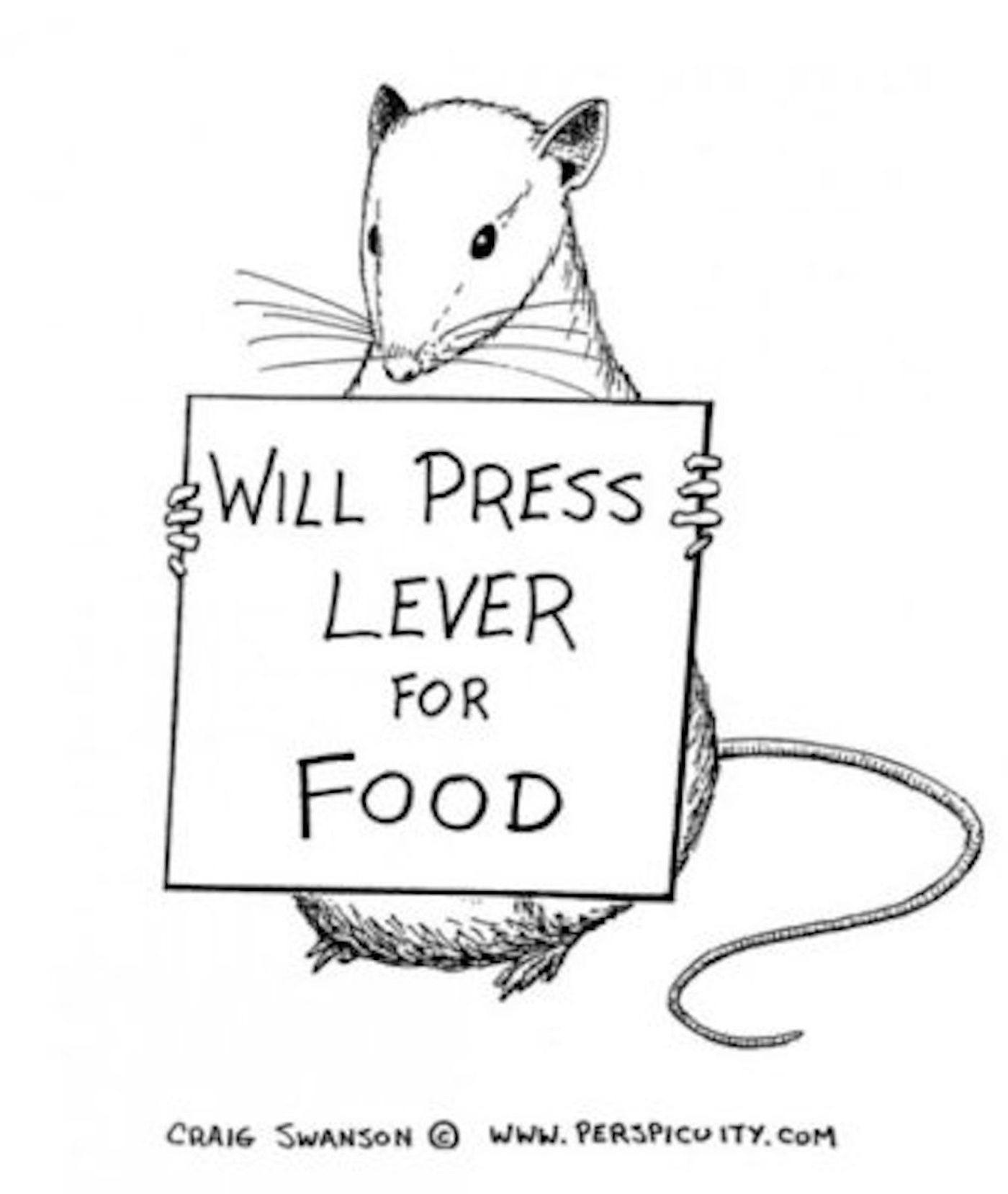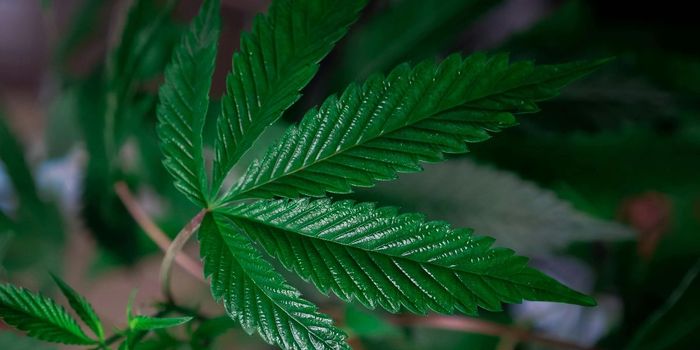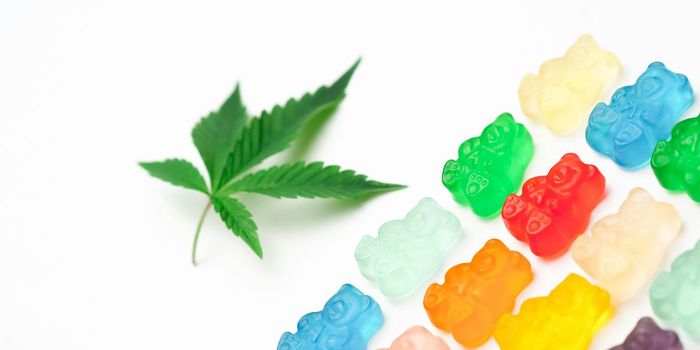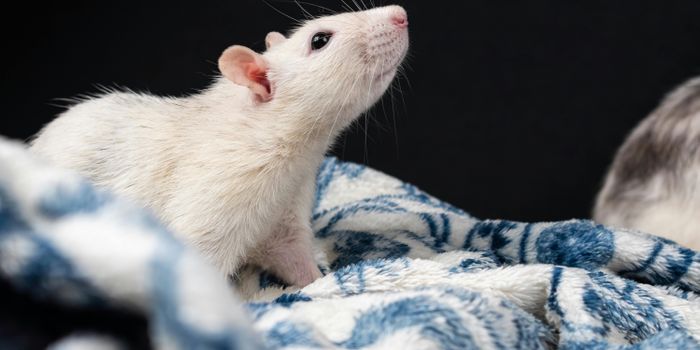Sweets or Sweat? Let Your Endocannabinoid System Decide
We all (well, I do) wish we could work out more, but when we think about going to the gym we tend to promise ourselves that "we'll do it tomorrow, I mean it this time". We also (well, I do) try to eat healthy foods, but those candy bars look pretty tempting...oh a little couldn't hurt. The brain is biased towards reward and against pain (no pain no gain). Motivation is the factor here that determines whether you go for that jog or nibble on those cookies. And it turns out, our endocannabinoid system (ECS), which some call "the body's own marijuana system", may be behind the choices you make.
Photo source: UnSplash.com
The Institut National De La Sante et de la Recherche Medicale (Inserm), the French public institution of science and technology, acknowledges that a lack of intrinsic motivation to work out has major health consequences. Yet, the neurobiological bases of the motivation to exercise are unknown. The researchers wanted to find out whether the endocannabinoid system (ECS) is involved in this process.
The study, published in the journal JCI Insight by Dr. Francis Chaoulof and colleagues, centers around the endocannabinoid receptor CB1. CB1 is represented mainly within the nervous system and is heavily expressed in areas of the brain involved in motivation. The researchers used wheel running, which mice will perform voluntarily, as a measure for activity or "exercise". Mice actually spend a lot of time wheel running, when given the chance, and scientists have found that the mice find it highly rewarding.
The scientists developed a mouse operant procedure to compare the amount of effort (i.e. motivation) for either palatable food or access to an exercise wheel. The measure of motivation was the number of times mice poked their noses in a special port (aka "nose-pokes") were willing to perform for each option. They then used electrophysiological recordings of neuronal firing in dopamine neurons in anesthetized mice. They made an interesting observation; neuronal firing was correlated in mice who nose-poked for the wheel over controls with no wheel.
Photo by Craig Swanson
Another observation was that CB1 knock-out mice performed fewer active nose-pokes for the wheel even though they did not differ in how much running they actually did. The researchers interpreted this as less motivation to access the wheel, but not run on it. Ever dread going to the gym but feel fine once you start exercising (aside from work-out-related pain)? CB1 receptors on dopamine neurons may be involved in how "pumped" you are to get your burn on.
And what about its role in snacking on junk food? Here we have a little more complicated situation. It turns out that CB1 receptors on GABAergic neurons are involved in the motivation for palatable food. Mice lacking CB1 receptors had fewer nose-pokes for either wheel running or palatable food when proposed alone, but the balance between these two drives became markedly dysregulated in favor of palatable food. Thus the CB1 receptor is necessary for both types of motivations, but the way in which it controls these two drives (energy expenditure versus energy intake) depends on the neurons (dopamine or GABA) that they are on.
This can help explain why increasing CB1 activity via phytocannabinoids (e.g. THC) increases appetite (the "munchies"). What the main take-home message of this research is that our ECS is not a mirror for the effects we feel when using phytocannabinoids. Our ECS is much more complex than that.
Sources: Inserm, JCI Insight, Current Clinical Pharmacology, Current Protocols in Mouse Biology, Animal Behaviour










